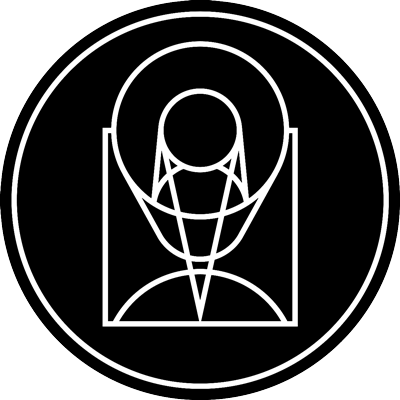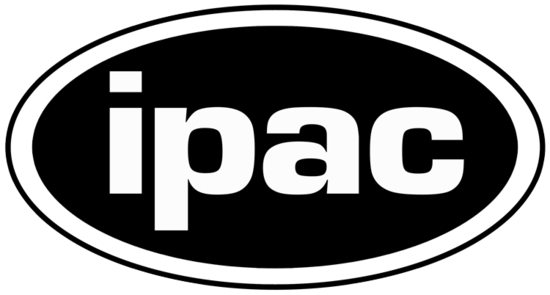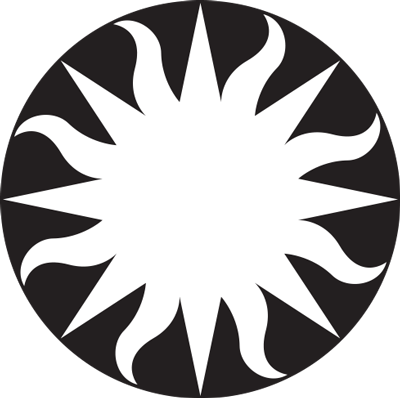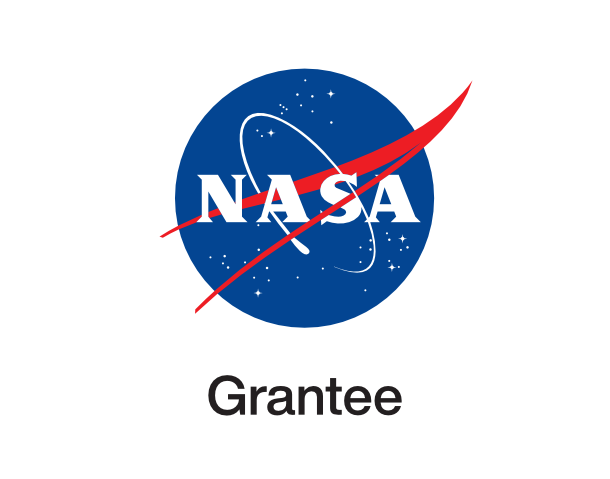Face to face with a spiral’s arms

esahubble_potw2518a May 5th, 2025
Credit: ESA/Hubble & NASA, D. Thilker
The spiral galaxy NGC 3596 is on display in this NASA/ESA Hubble Space Telescope Picture of the Week, which incorporates six different wavelengths of light. NGC 3596 is situated 90 million light-years from Earth in the constellation Leo. The galaxy was discovered in 1784 by astronomer William Herschel, the namesake of ESA’s Herschel Space Observatory. NGC 3596 appears almost perfectly face-on when viewed from Earth, showcasing the galaxy’s neatly wound spiral arms. The bright arms mark where the galaxy’s stars, gas and dust are concentrated. Star formation is also most active in a galaxy’s spiral arms, as shown by the brilliant pink star-forming regions and young blue stars tracing NGC 3596’s arms in this image. What causes these spiral arms to form? It’s a surprisingly difficult question to answer, partly because of the remarkable diversity of spiral galaxies. Some have clear spiral arms, while others have patchy, feathery arms. Some have prominent bars across their centres, while others have compact, circular nuclei. Some have close neighbours, while others are isolated. Early ideas of how spiral arms formed were stumped by what’s called the ‘winding problem’. If a galaxy’s spiral arms are coherent structures, the arms would be wound tighter and tighter as the galaxy spins, until the arms are no longer visible. Now, researchers believe that spiral arms represent a pattern of high-density and low-density areas rather than a physical structure. As stars, gas and dust orbit within a galaxy’s disc, they pass in and out of the spiral arms. Much like cars moving through a traffic jam, these materials slow down and bunch up as they enter a spiral arm, before emerging and continuing their journey through the galaxy. [Image Description: A spiral galaxy viewed face-on, with a slightly oval-shaped disc. The centre is a bright white spot surrounded by a golden glow. Two spiral arms extend out from the centre, wrapping around the galaxy and broadening out to form the thick outer edge of the disc. Thin reddish strands of dust and bright pink spots follow the arms through the disc. Faint strands of stars extend from the arms’ tips, out beyond the disc.] Links Pan video: NGC 3596
Provider: Hubble Space Telescope | ESA
Image Source: https://esahubble.org/images/potw2518a/
Curator: ESA/Hubble, Baltimore, MD, United States
Image Use Policy: Creative Commons Attribution 4.0 International License

- ID
- potw2518a
- Subject Category
- Subject Name
- NGC 3596
- Credits
- ESA/Hubble & NASA, D. Thilker
- Release Date
- 2025-05-05T06:00:00
- Lightyears
- Redshift
- Reference Url
- https://esahubble.org/images/potw2518a/
- Type
- Observation
- Image Quality
- Distance Notes
- Facility
- Hubble Space Telescope, Hubble Space Telescope, Hubble Space Telescope, Hubble Space Telescope, Hubble Space Telescope, Hubble Space Telescope
- Instrument
- WFC3, WFC3, WFC3, WFC3, WFC3, WFC3
- Color Assignment
- Purple, Purple, Blue, Green, Red, Red
- Band
- Ultraviolet, Optical, Optical, Optical, Optical, Optical
- Bandpass
- UV, U, B, V, I, H-alpha + NII
- Central Wavelength
- 275, 336, 438, 555, 814, 657
- Start Time
- Integration Time
- Dataset ID
- None, None, None, None, None, None
- Notes
- Coordinate Frame
- ICRS
- Equinox
- J2000
- Reference Value
- 168.77555205687906, 14.78763210497652
- Reference Dimension
- 3903.0, 3775.0
- Reference Pixel
- 1951.5, 1887.5
- Scale
- -1.1015521073382554e-05, 1.1015521073382554e-05
- Rotation
- 130.27999999999946
- Coordinate System Projection:
- TAN
- Quality
- Full
- FITS Header
- Notes
- Creator (Curator)
- ESA/Hubble
- URL
- https://esahubble.org
- Name
- Telephone
- Address
- ESA Office, Space Telescope Science Institute, 3700 San Martin Dr
- City
- Baltimore
- State/Province
- MD
- Postal Code
- 21218
- Country
- United States
- Rights
- Creative Commons Attribution 4.0 International License
- Publisher
- ESA/Hubble
- Publisher ID
- esahubble
- Resource ID
- potw2518a
- Resource URL
- http://esahubble.org/media/archives/images/original/potw2518a.tif
- Related Resources
- Metadata Date
- 2025-05-19T16:22:57.180620
- Metadata Version
- 1.1
Detailed color mapping information coming soon...















